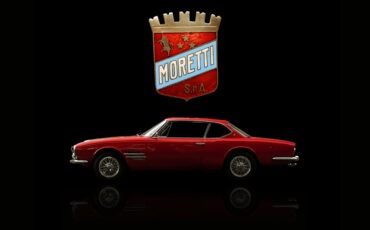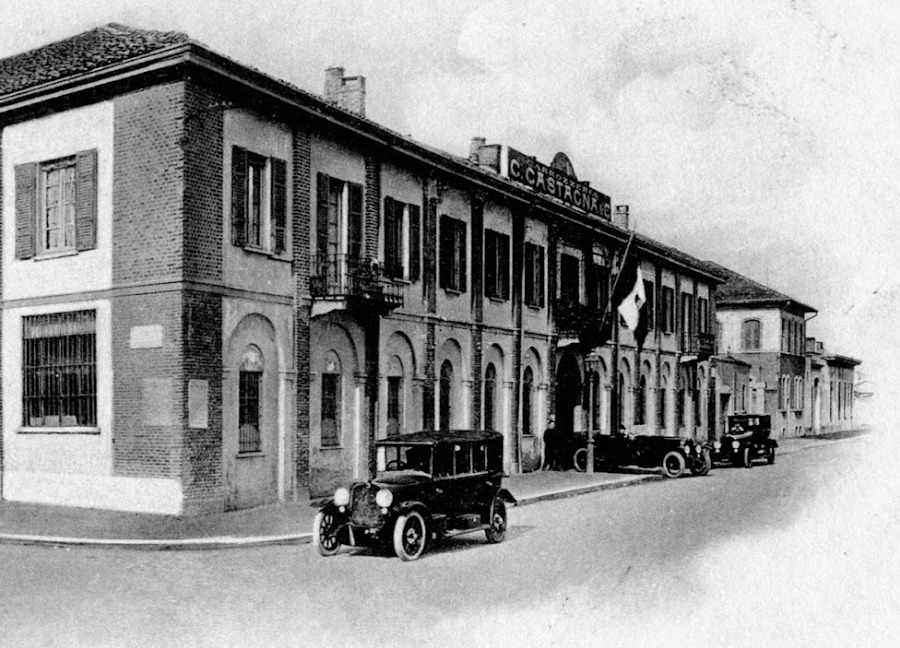
Established in 1849, Carrozzeria Castagna Milano is an iconic name in Italian automotive history. From carriages to luxury automobiles, the company’s journey under Carlo Castagna’s leadership defined an era. Post-war challenges led to closure in 1954, but a 1990s revival, spearheaded by Uberto Petra and Gioacchino Acampora, brought the brand back to life. Today, Castagna continues its legacy with unique creations and collaborations, ensuring a lasting impact in the world of automotive craftsmanship.
The Early Years
Embarking on its journey in 1849, Carrozzeria Castagna has etched its name as one of the oldest and most successful players in Italian automotive history. What sets it apart is the seamless transition from crafting traditional carriages to pioneering in the world of automobiles. The roots of this story lie in the apprenticeship of a nine-year-old Carlo Castagna under Paolo Mainetti, who founded a Milanese factory on San Celso street (now Corso Italia) back in 1835. As Castagna climbed the ranks to become director and partner, the company expanded its influence through strategic acquisitions, absorbing competitors like Carrozzeria Fratelli Albini, Enrico Orsaniga, and Eugenio Ferrari.
In a pivotal moment in 1894, Castagna successfully orchestrated the merger of Ferrari, Mainetti & Orsaniga, laying the foundation for a new chapter. The dawn of the 20th century brought about a reorganization, transforming the company into a partnership with backing from esteemed Milanese aristocratic families. It rebranded as “Fabbriche Riunite di Carrozze già Mainetti, Ferrari ed Orsaniga di C. Castagna” and consolidated operations at Via Montevideo 19.
Castagna’s reputation as a supplier of luxury car bodies soared, catering to an elite clientele, including the Royal House. Noteworthy among its creations is the Fiat 24/40 Hp “Sparviero” designed for Queen Mother Margherita of Savoy in 1906. The Sparviero, used by the queen herself in the “Susa-Moncenisio” competition, showcased Castagna’s craftsmanship on a global stage.
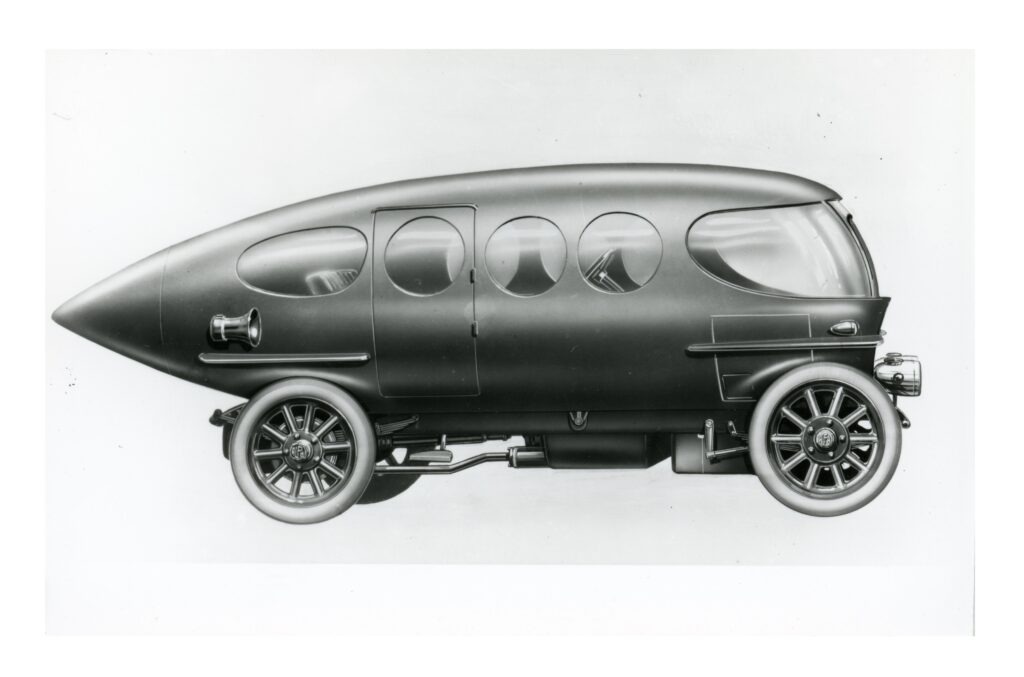
The company’s innovations didn’t stop there. At the 1906 Milan Exposition, Castagna turned heads with features like the double-phaeton setup with side doors, a departure from the conventional rear access. In 1913, it unveiled the ALFA 40/60 Hp, a groundbreaking design by Count Marco Ricotti with a futuristic drop-shaped monovolume body.
The story of Carrozzeria Castagna entered a new chapter in 1914 with the passing of Carlo Castagna, leaving the company in the capable hands of his son, Ercole. However, the outbreak of World War I brought significant changes. Castagna adapted to the times by shifting its focus to the production of ambulances, trucks, and trailers to support the war effort. Demonstrating its remarkable versatility, the company even secured a contract in 1917 with Caproni to manufacture aircraft fuselages and wings. It is worth noting that Giovanni Boneschi, who had apprenticed at Carrozzeria Castagna, opened his own coachbuilding company in 1919, further enriching the Italian tradition of bespoke automotive design.
The Success
In 1919, Carrozzeria Castagna emerged as a trailblazer in Italy, boasting 400 employees and a sprawling workspace of 32,000 square meters, including 20,000 under cover. During these years, the focus was primarily on crafting high-end vehicles, with a special emphasis on brands like Isotta Fraschini. Additionally, the company thrived in third-party production, offering various services through its galvanic chrome plating department – the first of its kind in Italy. This department handled numerous external projects in furniture, components, and precision metalwork.
Among its noteworthy collaborations was with Compagnie Internationale des Wagons-Lits, a significant partner for finishing and producing elements for railway carriages. Castagna dedicated substantial effort to this field, contributing to the creation of various trains, including luxury ones like the Orient Express.
Following the conclusion of World War I, Castagna resumed its automotive activities. Participating in the first Concours d’Elegance events, the coachbuilder secured a category prize in Milan in 1926 with a Fiat 519 Limousine Dorsay and another accolade at the Monte Carlo Concours d’Elegance in 1928 with an Alfa Romeo 6C 1750 Spider.
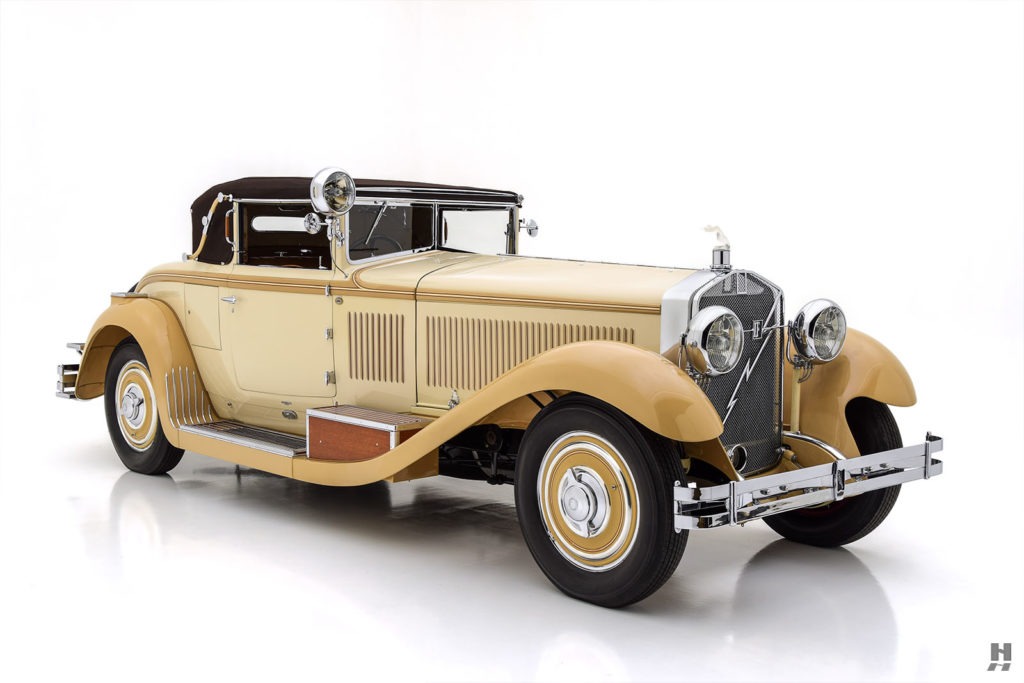
The success of Castagna’s creations was immense, gaining international acclaim. In a remarkable feat for an Italian coachbuilder of that era, Castagna even exhibited at the 1927 New York Auto Show. Orders poured in from around the globe; kings and magnates from every corner desired to travel in style on vehicles from Castagna, be it an Alfa Romeo, Fiat, Lancia, Isotta-Fraschini, Mercedes-Benz, or Duesenberg – all meticulously crafted by the skilled hands of Castagna artisans. The legacy of Castagna continued to transcend borders, marking an era of unparalleled craftsmanship and automotive elegance.
Ercole Castagna: introducing Innovation
As Ercole Castagna assumed the helm, his younger brother Emilio joined forces, providing a significant stylistic contribution while maintaining a keen focus on technological advancements. The company secured licenses for the French Baehr patent for detachable convertible bodies and the Clairalpax aluminum alloy body shells. As the Italian licensee for Paul Audineau’s Carrozzeria Viotti & Tolfo, Castagna also ventured into an American system for woody-wagon cars in 1929, albeit with modest success.
Navigating through the challenging waters of the 1929 economic crisis, which severely impacted the luxury car sector, Carrozzeria Castagna not only recovered but flourished in the 1930s. It emerged as a master of Italian style, a pioneer in aerodynamic design, and a significant contributor to bodywork development. Ercole Castagna himself founded a school for aspiring coachbuilders in Milan, emphasizing both innovation and craftsmanship. Notable among their creations was the Maserati 26M Sport Double Phaeton showcased at the 1931 Milan Motor Show, winning the top category prize at the 1932 Villa d’Este Concours d’Elegance. Subsequent years saw the production of high-end vehicles on Rolls-Royce, Bugatti, Lancia, and Isotta Fraschini chassis.
In 1937, Carrozzeria Castagna introduced a patent that would define its legacy: the Vistotal, adapted from the French Labourdette’s Vutotal. This innovation featured a windshield without pillars, providing unobstructed panoramic visibility.
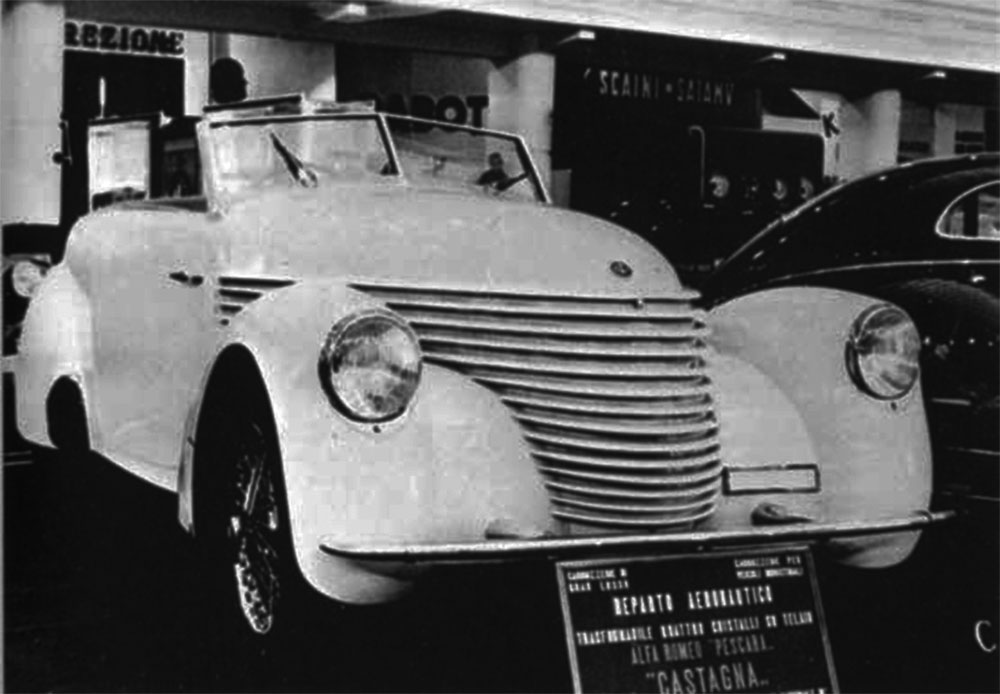
During this period, Castagna initiated its first aerodynamic research in collaboration with German engineer Bergmann, establishing a dedicated department within its facility. The result was the creation of “aerodynamic” models on less prestigious chassis such as Fiat and Alfa Romeo. This style often merged with flamboyant elements or drew inspiration from models across the ocean. Ercole Castagna’s passion for innovation became increasingly evident during these years.
Among the most ardent admirers of Carrozzeria Castagna are Gabriele d’Annunzio and the Mussolini family.
In 1939, the company transitioned under the leadership of Emilio Castagna, the younger brother and a graduate in visual arts from the Brera Academy. Emilio not only prioritized style but also emphasized new solutions, techniques, and engineering. He invested significantly in researching novel patents and collaborated with individuals beyond the automotive realm. For instance, he worked with French designer Jean Patou on fabric choices, integrating these findings for the benefit of the company.
Emilio Castagna’s innovative spirit extended to the production of show cars on Alfa Romeo, Cisitalia, and FIAT chassis, equipped with the “Vistotal” system. However, despite these technical advancements, these creations failed to captivate the favor of both the public and specialized press.
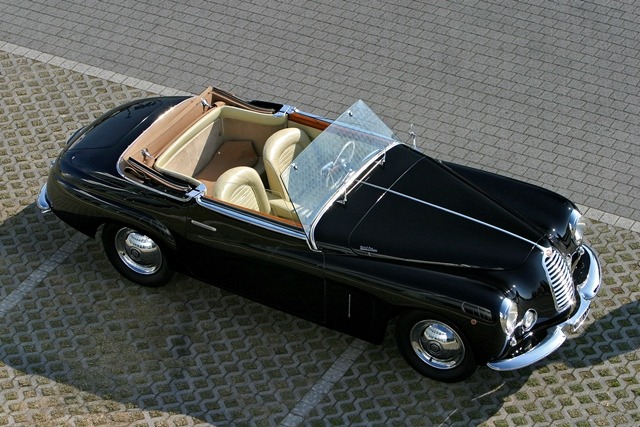
In addition to style, Emilio Castagna’s keen focus on research and development, as well as his collaborations with diverse talents, added a distinctive flair to the company’s portfolio. Carrozzeria Castagna continued to evolve under his leadership, creating a lasting legacy that blended artistic elegance with pioneering engineering solutions. This period marked a chapter of innovation and exploration for the famed coachbuilder, solidifying its place in the annals of automotive history.
Second World War and the Family Split
As the Second World War erupted, Castagna Coachworks faced a sudden and challenging shift in production towards military supplies. However, in 1942, the company’s fate took a devastating turn when bombings obliterated its Milan facility, wiping out all vehicles in progress and existing material stocks. The economic toll was staggering, but Ercole Castagna, with the assistance of his sons Carlo, Cipriano, and Savino, made a resilient decision to rebuild. They envisioned a new beginning and laid the foundation for a brand-new factory in Venegono Superiore (VA), rallying a workforce of over 600 employees.
The challenges continued with the realization that the designs by Ercole Castagna were not gaining the expected traction. In response, the Carrozzeria sought the expertise of Giuseppe Seregni, a former designer from Carrozzeria Touring. This move marked a stylistic turning point, steering away from the baroque aesthetics of previous models and introducing a fresh and more appealing design approach.
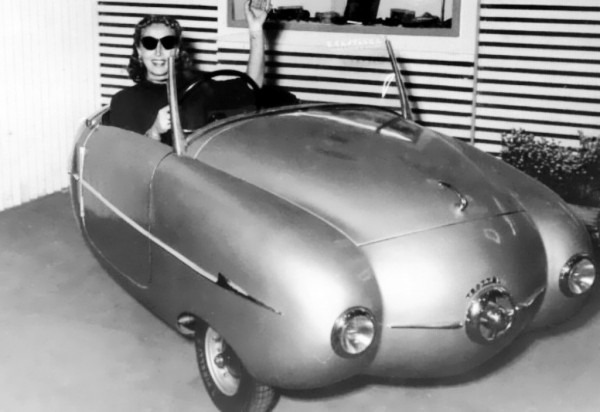
Meanwhile, in the spring of 1940, Emilio Castagna embarked on a new chapter, parting ways with his brother to establish his independent coachbuilding workshop at 24 Via Giovanni Battista Fauchè. This location had previously served as the headquarters of Carrozzeria Torinese until 1930. The timing, unfortunately, coincided with the tumultuous period of World War II. Despite the challenging circumstances, Emilio’s workshop struggled to survive through the war, attempting, albeit unsuccessfully, to venture into the production of the microcar Trottolina.
Heroes Behind the Wheel: Carrozzeria Castagna's Secret Mission
Getting back to Venegono Superiore (VA), just a few kilometers from the Swiss border, amidst a daring venture, Carrozzeria Castagna played an unexpected role during World War II by producing cars specifically for Nazi generals. Ercole Castagna, Giuseppe Barni, and Giuseppe Seregni emerged as unsung heroes in this clandestine operation. Castagna took the wheel, while Seregni occupied the passenger seat. Little did anyone suspect that the cars used by Nazi officers, seemingly on innocent trips with their grandchildren to enjoy Swiss chocolate, would serve as lifeboats for numerous individuals.
Between Varese and Como, many high-ranking German officers resided, and they approached Castagna to modify their vehicles, predominantly Alfa Romeos. Apart from the Reich insignia, workshop head Giuseppe Barni and designer Giuseppe Seregni were tasked with 60 models.
The Wehrmacht officers utilized hidden compartments to transport gold and documents across the border. Castagna saw an opportunity to capitalize on the cover provided by these vehicles. After all, who would doubt a car belonging to the German army?
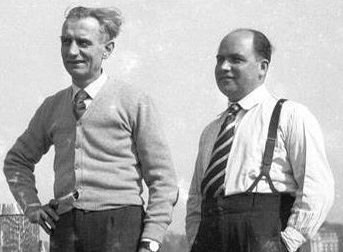
The cars needed fuel, and they had to be tested. With this pretext, Castagna and his collaborators were able to conceal Jews. Determining the exact number of people the trio managed to rescue, risking their own lives, is challenging. Many were children, and everyone involved, including their families, remained unaware of the covert operation.
The courage displayed by Ercole Castagna, Giuseppe Barni, and Giuseppe Seregni during those perilous times transformed the Carrozzeria Castagna into a beacon of hope, proving that even in the darkest hours, unexpected heroes can emerge behind the wheels of ordinary-looking cars.
The Struggles and Triumphs: Castagna Coachworks in the Post-War Era
Fame alone is not enough, and recovery proves to be a formidable challenge. Castagna embarked on creating unique masterpieces on Alfa Romeo, Fiat, and Lancia chassis, often incorporating the Vistotal windshield with new, modern, and distinctive designs. The arrival of Giuseppe Seregni as a designer made a noticeable impact, continuing the success at elegance competitions. A Fiat 1100 Vistotal claimed the top prize at the 1948 Rome Concours d’Elegance, and the following year, an Alfa Romeo 6C 2500 Coupé Castagna secured another first-place category award in Rome.
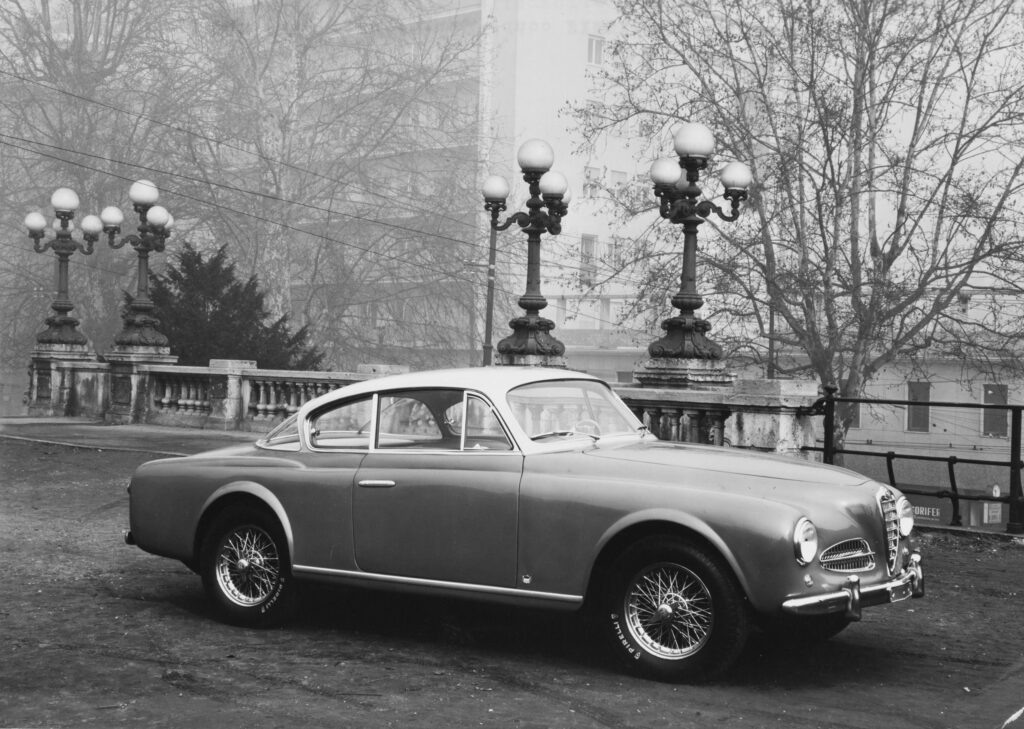
In 1950, Castagna aimed for a significant contract for the Alfa Romeo 1900 Coupé. The competition included other milan coachbuilders such as Boneschi, Colli, and Touring, each presenting their proposals. Touring, the firm where Giuseppe Seregni had previously worked before joining Carrozzeria Castagna, emerged victorious. Seregni’s creation faced defeat against that of his former colleague Federico Formenti. It was a moral blow, both for Seregni and his employer. However, this setback did not deter Castagna from producing at least three specimens of the Alfa Romeo 1900.
Numerous factors precipitated Castagna’s gradual decline: the initial blow came with the shuttering of Isotta Fraschini Automobili in the aftermath of the American market collapse. This led to the company losing its primary market and subsequently the superior chassis used for its bespoke bodywork. The automotive landscape in Milan underwent a transformation, with only Alfa Romeo and Bianchi remaining. However, with Bianchi’s closure after the war, the conditions for sustaining the business vanished. Consequently, in 1954, the coachbuilding workshop closed its doors. Despite grappling with defeat and economic challenges, a substantial business revival remained elusive, ultimately prompting Carrozzeria Castagna to cease operations in 1954. The post-war period marked a chapter of resilience, creativity, and competition for Castagna, leaving behind a legacy of exceptional designs and significant contributions to the world of automotive craftsmanship.
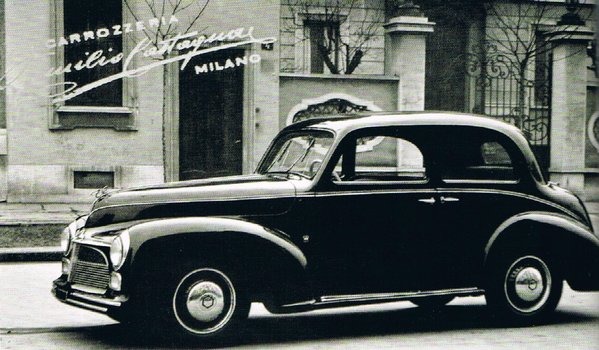
What concerning Emilio Castagna’s business: The post-war era saw him and his carrozzeria navigating through several years, specializing in creating custom cars, especially on the Fiat 1100 platform. These bespoke designs were undeniably elegant, although notably more budget-friendly compared to the luxurious vehicles crafted with his brother before the war. Emilio’s workshop endured through challenging times but eventually closed its doors in 1960.
The Revival
Revival of Carrozzeria Castagna Milano occurred in the 1990s. In 1994, businessman Uberto Petra and Italian automotive designer Gioacchino Acampora acquired the Carrozzeria Castagna name. Acampora, responsible for all recent projects at Castagna Milano, has played a pivotal role in the company’s modern endeavors.
Actively engaged in the automotive sector, Castagna serves as both a tuner for models from various manufacturers and a prominent producer of bespoke cars and concepts, in line with the brand’s rich tradition. A significant milestone was reached at the Villa d’Este Concorso d’Eleganza in 2002, where Castagna unveiled the “Auge,” a custom-built car on a Maserati chassis.
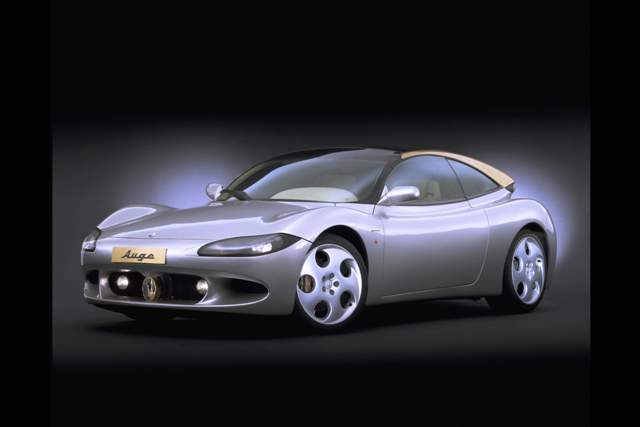
Further showcasing their prowess, Castagna participated in the 2003 Geneva Motor Show, presenting a trio of models: a 4-seater coupe on Maserati mechanics (Auge), a 2-seater coupe on Alfa Romeo mechanics (Ginevra), and a 2-seater barchetta on Ferrari mechanics (Rossellini). Known for ultra-luxury adaptations of Mini vehicles, the Milanese workshop has extended its expertise to the Fiat 500 Cinquino.
Introduced in October 2007, the Cinquino features a Light Tuning Kit for the New Fiat 500, marked by a distinctive two-tone paint scheme, wheel arch extensions, and a dual stainless steel exhaust. Customizable interiors, using leather and Alcantara, replace the standard Fiat model’s plastics. The trunk has been expanded, gaining an additional 40 liters of cargo capacity.
The Castagna AZNOM, a concept car based on the Corvette Z06 platform, highlights the company’s innovation. Recent projects extend to collaborations with Peugeot, Range Rover, and Citroen, showcasing Castagna’s ongoing commitment to automotive excellence.


